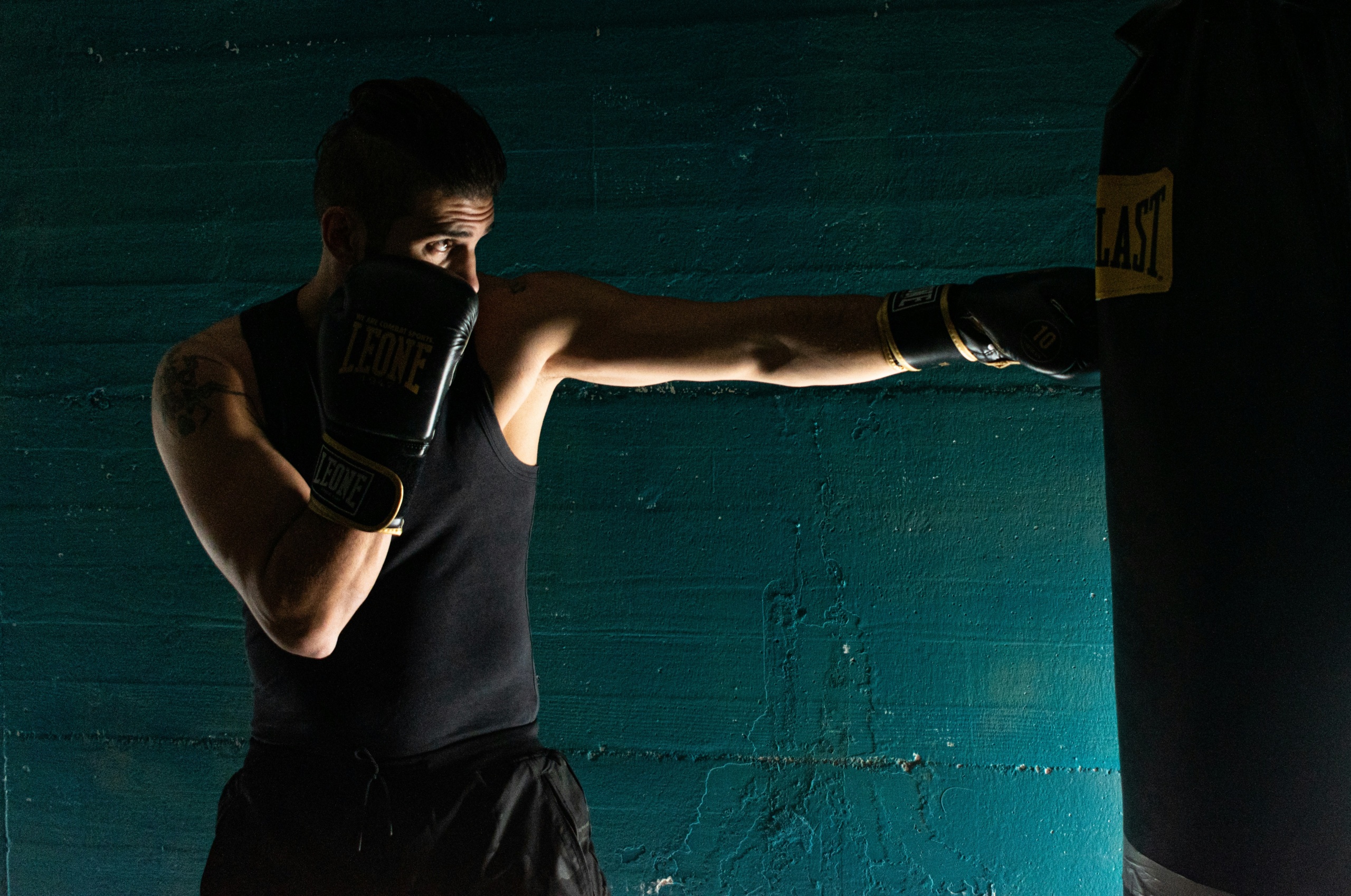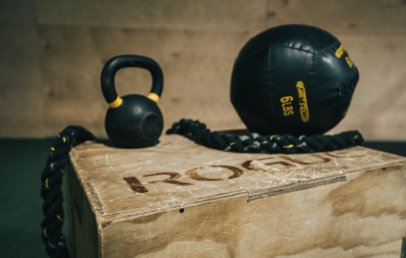
Boxing is a sport that demands precision, strategy, and relentless dedication to mastering the fundamentals. While it may seem like a straightforward sport of punching, effective boxing involves a multitude of techniques, stances, and forms that require consistent practice and refinement. Whether you’re a novice stepping into the ring for the first time or a seasoned fighter honing your skills, understanding and perfecting essential forms is crucial for success in boxing.
- Stance: The foundation of boxing begins with the stance. A proper stance provides balance, stability, and enables fluid movement. The basic stance involves positioning your feet shoulder-width apart, with one foot slightly ahead of the other, knees slightly bent, and weight evenly distributed. The lead foot points towards the opponent while the rear foot stays perpendicular to the target, allowing for quick pivots and movement in any direction.
- Jab: The jab is often referred to as the most important punch in boxing, serving both offensive and defensive purposes. It is executed by extending the lead hand straight towards the target, keeping the elbow slightly bent, and rotating the fist upon impact. The jab is used to gauge distance, disrupt the opponent’s rhythm, set up combinations, and create openings for more powerful punches.
- Cross: The cross, also known as the straight right hand (or left hand for southpaws), is a fundamental power punch in boxing. It is thrown with the rear hand, extending it straight towards the target while pivoting the hips and rotating the shoulder for maximum power generation. The cross follows the jab in combinations and is aimed at delivering significant impact to the opponent, often targeting the chin or body.
- Hook: The hook is a devastating punch delivered in a semi-circular motion, targeting the opponent’s head or body from the side. There are variations of hooks, including the lead hook and rear hook, each executed with proper weight transfer and hip rotation. Hooks are effective for generating power at close range and can be used to counter an opponent’s attacks or set up other punches in combination.
- Uppercut: The uppercut is a short-range punch thrown vertically upwards towards the opponent’s chin or body. It is executed with a bent elbow and a rotational movement of the hips and shoulders, generating power from the legs and core. Uppercuts are particularly effective in close-quarters combat, as they can catch opponents off guard and penetrate their defenses.
- Defense: Effective defense is as crucial as offense in boxing. Forms of defense include slipping, blocking, parrying, and using footwork to evade punches. Slipping involves moving the head to the side to avoid an incoming punch, while blocking and parrying utilize the arms to deflect or absorb blows. Additionally, mastering footwork allows boxers to maintain distance, create angles, and control the pace of the fight.
- Combinations: Combining punches seamlessly is essential for keeping opponents off-balance and maximizing offensive opportunities. Practice various combinations of jabs, crosses, hooks, and uppercuts, incorporating head movement and footwork to transition between offense and defense fluidly. Consistent repetition of combinations enhances muscle memory and allows boxers to execute them instinctively during bouts.
Mastering the essential forms is the key to success inside the ring. By focusing on these fundamental forms, boxers can develop a solid foundation, sharpen their skills, and ultimately achieve their goals in the ring.




